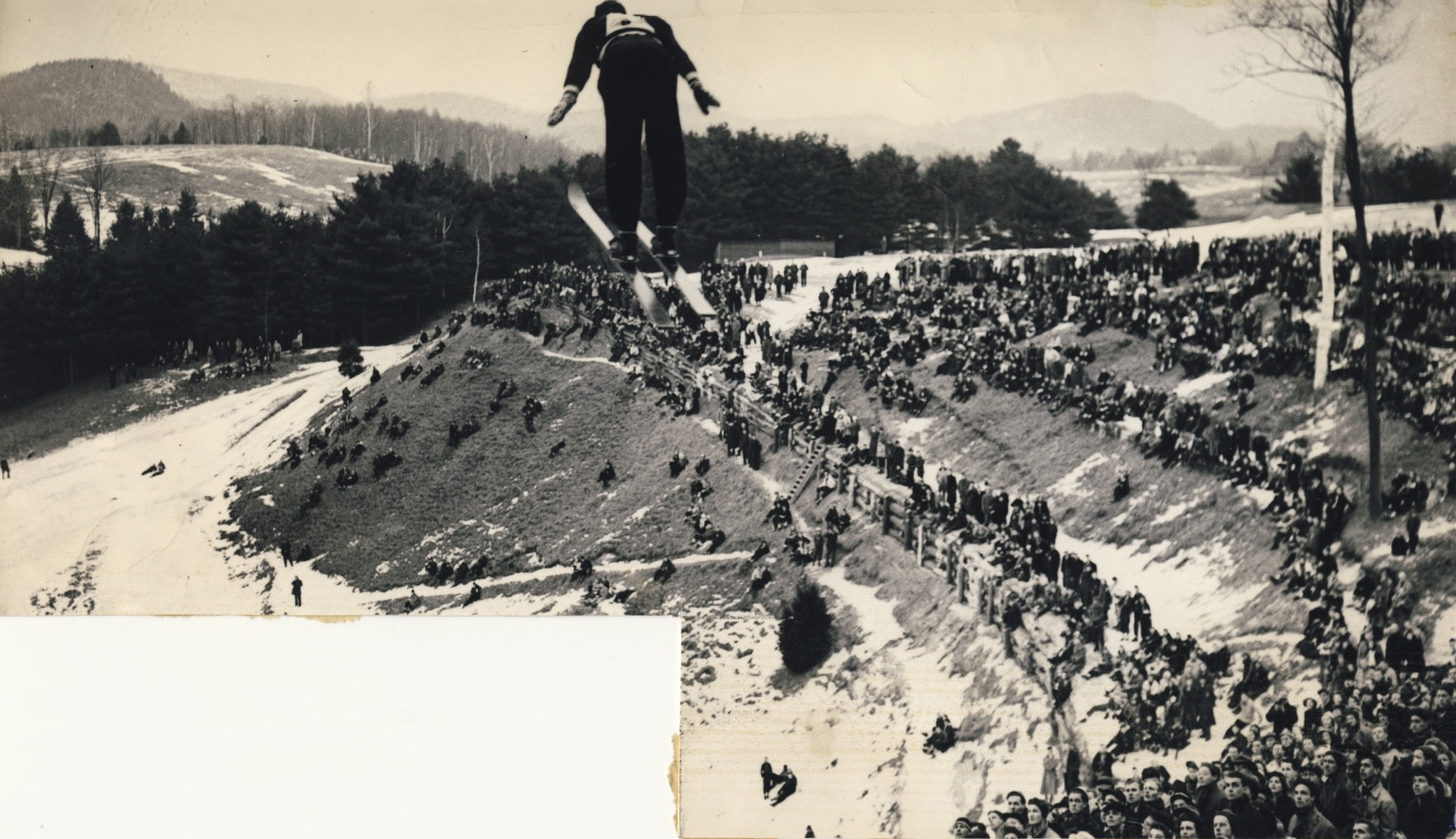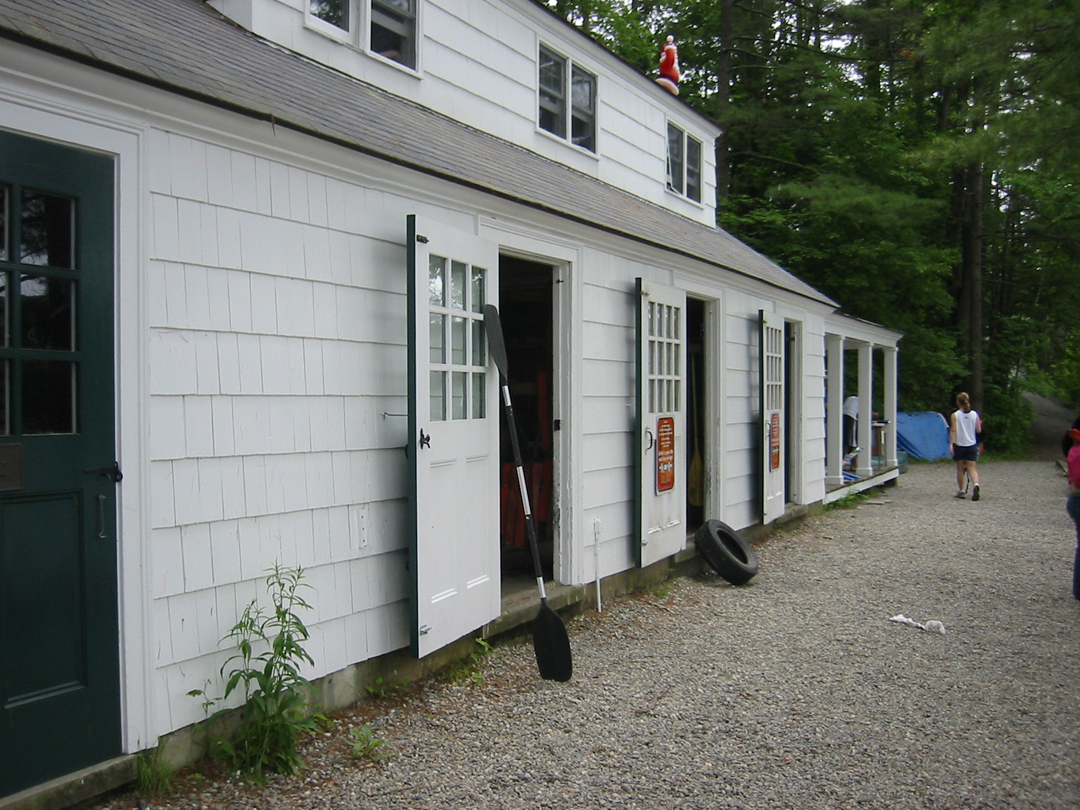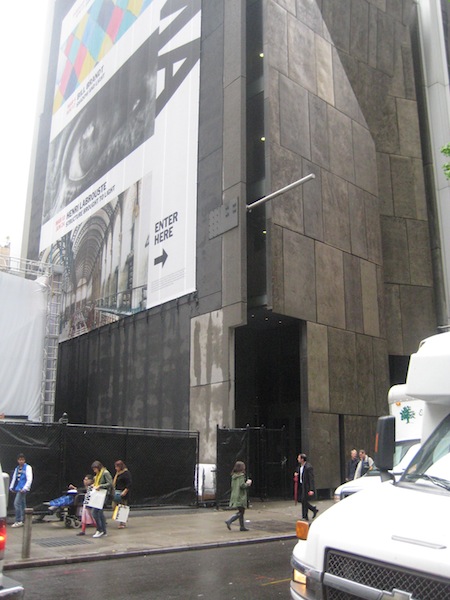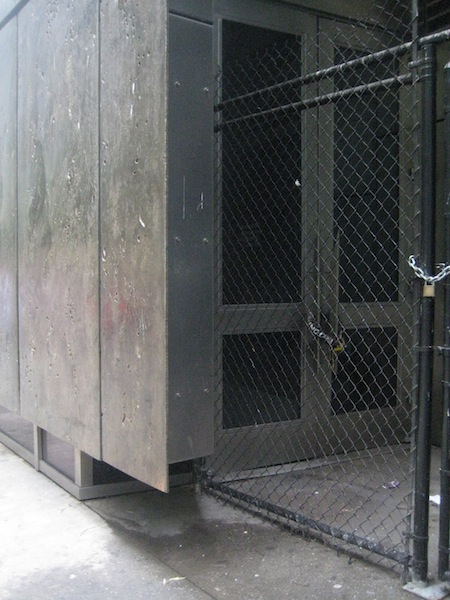- A nice Burakian aerial from above the Chase Field athletic complex in the foreground shows the potential of Piazza Nervi.
- A little more on the NCAC: it was not noted before in reference to the Alex Atwood rendering that the building’s extensive underground space was to have had at least two skylights in aboveground lanterns, almost like Pei’s Pyramid at the Louvre.
- More on Hillflint, the clothing company mentioned here in October, from Dartmouth Now. Turns out it was started by John Shi ’12.
- The school’s Flickr photostream has a photo of the interior of Rauner showing some of the presidential portraits. I don’t recognize the background of President Kim’s portrait — a room in Baker, perhaps?
- Outgoing Board Chair Steve Mandel did not mention any potential construction when he wrote:
[T]he new living arrangements will embrace the concept of the “house system.” Students will live together not only in their freshman year but also in upper-class residence clusters for their three remaining years. Investments in academic programming and affiliated faculty are planned to foster community in these residential clusters… These changes should reintroduce a dorm-based sense of identity for undergraduates.1Letter from Chairmain of the Board of Trustees Steve Mandel (21 March 2014).
- The Big Green Alert Blog dissects the seating figures for the new West Stands with reference to an article on the project in The D. It looks like the replacement stands will cost 2,312 seats. For reference, the current capacity of all of the stands at Memorial Field in total is about 13,000.
- The D also writes on a planned expansion of the enrollment, faculty, and curriculum of Thayer School. No word yet on new buildings, but they seem inevitable, especially on the parking lot south of the McLean ESC.
- An Incubator progress photo has been posted by Dartmouth Entrepreneurial Network. Four Currier does seem a great place for it — downtown, in a commercial building, and yet on college property right next to campus. NHBR article notes the hiring of director Jamie Coughlin from the abi Innovation Hub in Manchester. An article in BusinessNH Magazine paraphrases Coughlin:
He says the new 3,000-square-foot space is designed like the abi with open collaboration in mind, to host residencies for entrepreneurs, and help connect students with executives, faculty, and investors.
- Did you know that the Dartmouth Entrepreneurial Network has a residential program?
- DHMC News announces the receipt of a gift to fund the construction of a substantial hospice care center. The hospital is still looking for a site.
- And DHMC has received the Legacy Project Award from the American College of Healthcare Architects. The press release states:
Dartmouth-Hitchcock represents a paradigm shift in hospital design, incorporating and foretelling some of the most significant healthcare delivery and design issues of the past 25 years. This includes: […] A mall as the organizing concept and circulation backbone.
Architects SBRA have a nice bibliography (pdf) of articles about the hospital.
—————————————-
| ↑1 | Letter from Chairmain of the Board of Trustees Steve Mandel (21 March 2014). |
|---|



